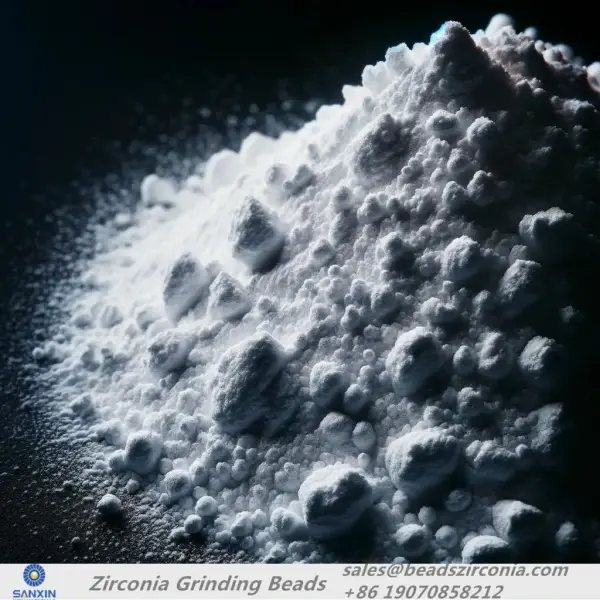In the realm of advanced materials, the integration of zirconia (ZrO2) into ceramic matrices represents a transformative leap, bestowing upon them a suite of enhanced properties. Zirconia's incorporation marks a pivotal advancement, elevating ceramics' performance across a spectrum of applications. This article delves into the multifaceted impacts of zirconia on ceramics, underscoring its pivotal role in pushing the boundaries of material science and engineering.

Zirconia's remarkable influence extends across various ceramic types, significantly bolstering their structural integrity and durability. By integrating nano-sized zirconia particles, ceramics experience a marked reduction in porosity, an increase in density, and an upsurge in compressive strength. For instance, ceramics with an 8wt% addition of nano-sized zirconia witness their porosity shrink to 9.4%, density climb to 5.08g/cm^3, and compressive strength soar to 381MPa. These enhancements underscore zirconia's capacity to fortify ceramics against mechanical stresses, making them indispensable in applications demanding high strength and durability.
The toughness of magnesia and alumina ceramics receives a significant boost from zirconia additives. Zirconia's martensitic phase transformation plays a critical role in energy absorption, stress mitigation at crack tips, and crack propagation prevention, thereby augmenting the ceramics' toughness. This transformation is instrumental in improving thermal shock resistance and sintering performance, making zirconia-enhanced ceramics a preferred choice for high-temperature and high-stress environments.
Silicon nitride and aluminum nitride ceramics, renowned for their superior mechanical properties, are further optimized with the addition of ZrO2. This addition not only ameliorates their inherent brittleness but also enhances their thermal shock resistance, making them more viable for a wider range of high-performance applications, particularly in electronic packaging substrates where exceptional thermal conductivity and electrical properties are paramount.
The infusion of zirconia into barium titanate ceramics amplifies their dielectric properties, broadening their utility in sensors and capacitors. Similarly, zirconia's attributes, including its high melting point and electrical resistivity, enhance the thermal shock resistance of zinc oxide varistor ceramics, which are crucial for over-voltage protection in electronic circuits and power systems.
Zirconia's impact on ceramic binders transforms the performance of grinding tools, heightening their hardness, bending strength, and wear resistance. This advancement ensures a longer lifespan for grinding tools, further exemplifying zirconia's role in enhancing material durability and efficiency in industrial applications.
The integration of zirconia into ceramic materials heralds a new era in material science, where enhanced properties meet the demands of high-tech fields. From structural and functional ceramics to bioceramics and thermal barrier coatings, zirconia's contributions are indispensable. Its ability to improve hardness, strength, wear resistance, and thermal shock resistance makes zirconia-doped ceramics pivotal in military, energy, metallurgy, electronics, communication, automotive, and machinery sectors. As we continue to explore the bounds of material capabilities, zirconia stands out as a key player in the evolution of advanced ceramics, promising revolutionary applications that extend far beyond the current horizon.

Submit your demand,
we will contact you ASAP.

Sanxin New Materials Co., Ltd. focus on producing and selling ceramic beads and parts such as grinding media, blasting beads, bearing ball, structure part, ceramic wear-resistant liners, Nanoparticles Nano Powder

